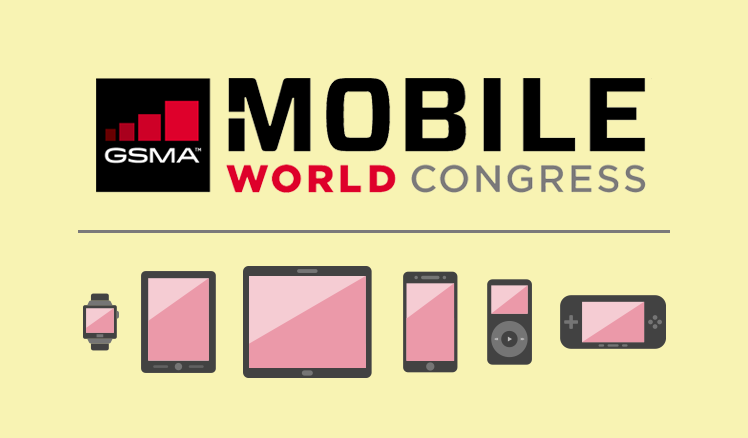Highlights from the 2017 Mobile World Congress

This year’s Mobile World Congress attendees definitely went through wild leaps in time. Giving as much attention to the past as to the distant future, the world’s biggest mobile event in Barcelona welcomed topics that may have seemed too abstract and shared quite a few flashbacks with some resurrected brands. Let’s embark on this time travel too then to learn about what’s already been delivered and what’s yet to happen in 2017.
Nostalgia-flavored rebounds
Blackberry’ KEYone that will be launched in late April has a 4.5’ touchscreen, a finger-print reader and – surprise – the brand’s trademark, a physical QWERTY keyboard. Surveys say that about 25% of people “would consider” buying a smartphone with a physical keyboard, so KEYone is already predicted to become a ‘niche’ product (which is pretty much in accordance with BlackBerry’s long-term plans).
Under the name of newly emerged HMD Global, the creators of Nokia release 3 smartphones (Nokia 3, 5, 6) and – surprise again – it’s the good old 3310. The classic model is only slightly upgraded with a headphone jack, micro-USB port as well as MicroSD compatibility and is already available at $63.
Fresh gimmicks
While Blackberry and Nokia try to get back to the market by sticking to their existing individual trademarks, other manufacturers have to come up with their own gimmicks to stand out.
LG has introduced theirs – a new aspect ratio for their smartphones. Their opinion that “taller phones are the future” will be tested next year, but their 5.7’ G6 with an 18:9 aspect ratio and Google Assistant on board can get into users’ hands in the early April.
Sony is still betting on their camera quality. While presenting their new Sony XZ Premium, they demonstrated a flashy video of a glittery skateboard kick-flip recorded and played in slow-motion mode.
Meanwhile, old gimmicks, such as wearables, didn't catch on: the only brand to announce a release of new smartwatches with Android Wear 2.0 was Huawei.
Shall we take sci-fi seriously now?
Automated cars and 5G aren’t something that is just around the corner: the latter is to be deployed after 2020, and fully driverless cars don’t even have any approximate date of coming into common use. With the connected cars demo and ‘experience 5G’ cabins, MWC was resembling a sci-fi movie.
Even though many attenders found it confusing to talk about something yet unrealistic, this confusion is exactly the reason why it’s important for telecoms, mobile developers and manufacturers to get the audience accustomed to the science-fiction reality in advance.
Still, with all the exaggerated claims about human-like AIs, there’s definitely room for questions. And the main question is whether the quality of technologies we are promised now will indeed arrive to us in half a decade, or we’d be better off lowering our expectations and focus on what we have now.

